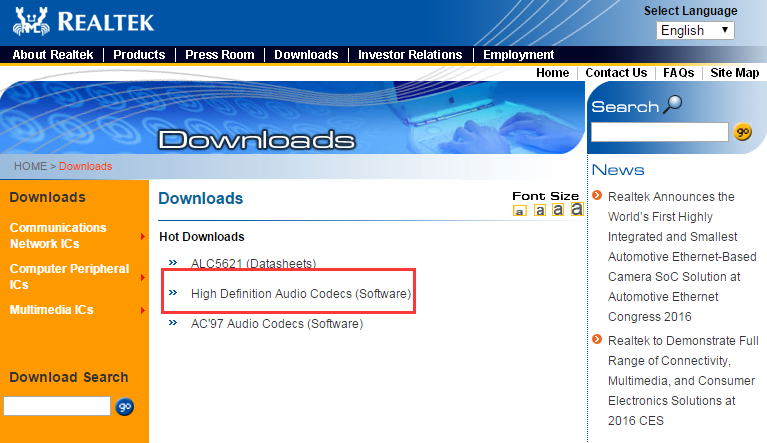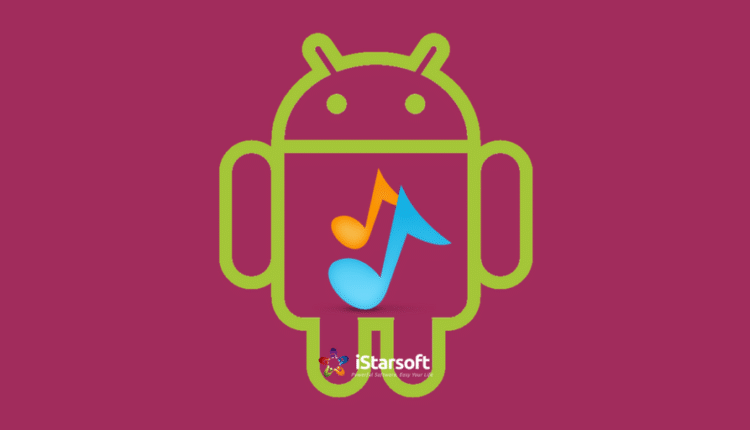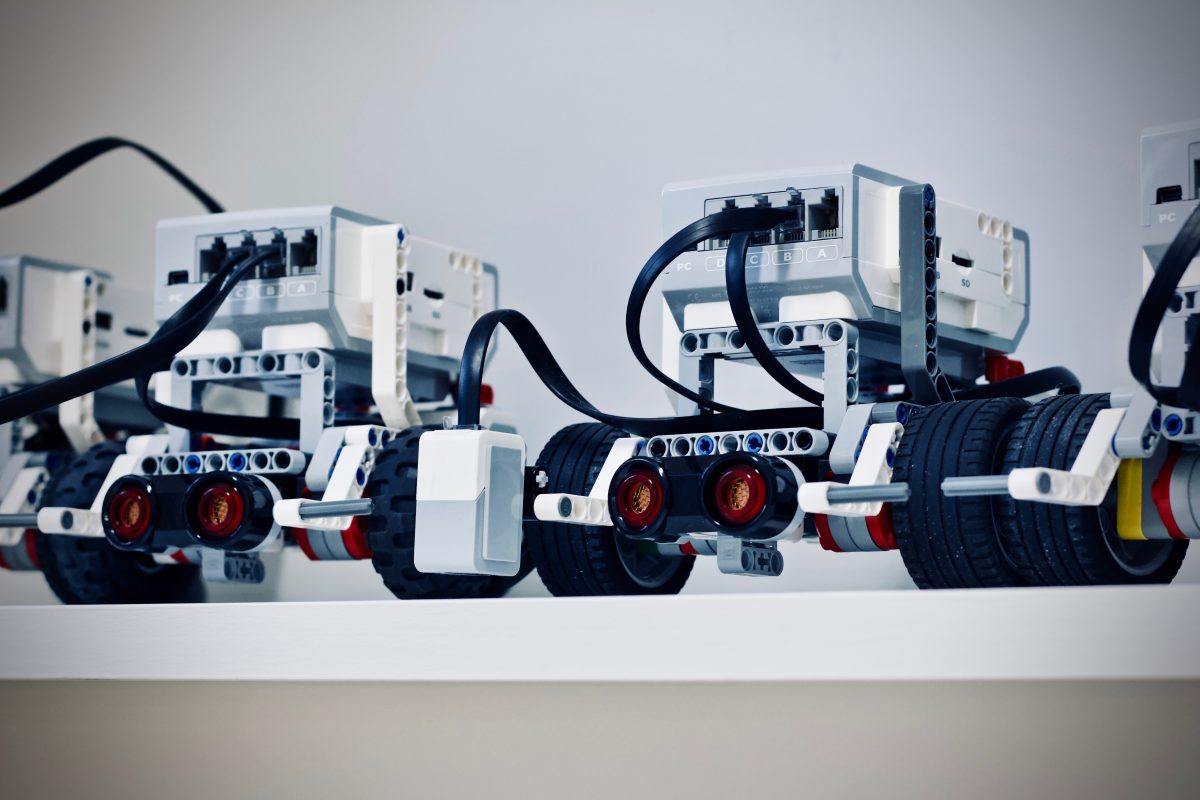
How Do You Consolidate Your Credit Card Debt?
If you have too many credit card balances to pay off, then debt consolidation is your best bet. It will provide considerable relief to your financial stress. It does not matter whether you are an entrepreneur, a college student, or an employee; you need money to make both ends meet. Then, you do not have sufficient funds all the time to meet your expenses. You opt for credit cards, multiple of them to meet your financial requirements. One fine day, you realize that managing so many card debts is overwhelming. This is when debt consolidation comes into play. You merge all your credit card debts into one single account and pay just once every month. Yes, it will help you pay off your multiple balances. It simplifies your payment plans and reduces the rates of interest. You pay only one interest rate instead of many.
According to an article published on https://www.entrepreneur.com, you need to do some homework before consolidating your credit card debt. Weigh the pros and cons. Make sure you have enough means to repay the amount you borrow on time and without fail. Decide whether consolidation is the right option for you depending on your current financial situation. To help you understand better, here are a few pointers to consolidate your credit card debt:
Know your choices

If you have a good credit score, look for credit cards that offer low interest rates. Inquire whether you can transfer the high-interest card balances to a single card with a reduced APR. This way, you can save your hard-earned money with respect to monthly financial fees as you keep paying off your debt. You will find many credit card balance transfer options with low interest provided you have a healthy credit rating.
If you are fortunate, you can become eligible for a zero-interest rate for a year or 18 months. Knowing your choices is crucial if you want to pay off your debts on time. Therefore, take some time out of your busy schedule and research on card balance transferring options with the best interest rates. There is no hurry. Make a list of five options and choose the best among them that meets your financial needs.
Look at your scores and credit reports
Make sure you check your credit score and reports without much ado. It is the first thing you should do before considering consolidation. You may find errors in the entries in your credit report. These mistakes may prevent you from applying for a consolidated loan. If you feel that there are erroneous entries, challenge the authorities. Make sure that you get the errors rectified as soon as possible. Once you are through with it, your credit score will improve and you can apply for credit card debt consolidation.
There are a few agencies from where you can get your free credit report annually. These include Equifax, Experian, and TransUnion. Besides, you can research on the other sites that will help you figure out what is inside your credit report. You will also become eligible for two free credit scores. The moment you know your score and where you stand financially, you will have the required information to help you ascertain what credit card debt consolidation program is best suited for you. Explore websites such as nationaldebtrelief.com or similar ones to look for the consolidation options and interest rates.
Do some arithmetic
If you are good at number crunching, it will help you compute and understand fees and charges in a better way. It is true that credit card debt consolidation saves your dollars but it does not come free. You need to shell out a balance transfer fee. Therefore, assess whether the costs associated with consolidation will outweigh the benefits or not. Your goal is to pay off your loan with a reduced rate of interest and on time. When it comes to promotional rates of interest, they will expire in a year’s time of a zero percent on a balance transfer credit card. Therefore, ensure that you have the potential to pay off the amount within 12 months. If you do not have the means, then taking a consolidated loan is not a wise idea. In such a case, there will be no savings at all because when you fail to make payments on time, and end up paying more than necessary due to the delay.
Check whether consolidation affects your credit score

When it comes to credit card consolidation, it can affect your credit rating in many ways. It depends on what strategy you adopt. For instance, if you are merging too many balances onto one card, you will not like to max out the credit card’s limit, as that will damage your credit utilization rate. It means how much debt you have at present in comparison to the total credit limit.
If you plan to close all your cards, it can affect your score adversely. When you decide to keep the old credit cards open, you are not reducing your credit utilization. The credit utilization contributes about 30 percent of your score. Therefore, you need to keep the same in a low ratio. Make sure you keep it below 30 percent and ideally less than 10 percent of your credit limits, on individual cards as well as overall.
When it comes to a debt management plan, it has an adverse impact on your credit during the tenure of the program. You might be asking why. Well, that is because your creditors will suspend or close your accounts when in the plan, thus harming your credit utilization.
Conclusion
Now that you know how to consolidate your credit card debt, make the most out of it. It is meant to lower your financial burden rather than increasing it. Until you pay off all your existing debts, do not apply for new credit. It will make you miss payments due to lack of funds, and you will end where you have begun. You will have no money to pay off your creditors because lenders will not offer loans due to your new credit and poor score.






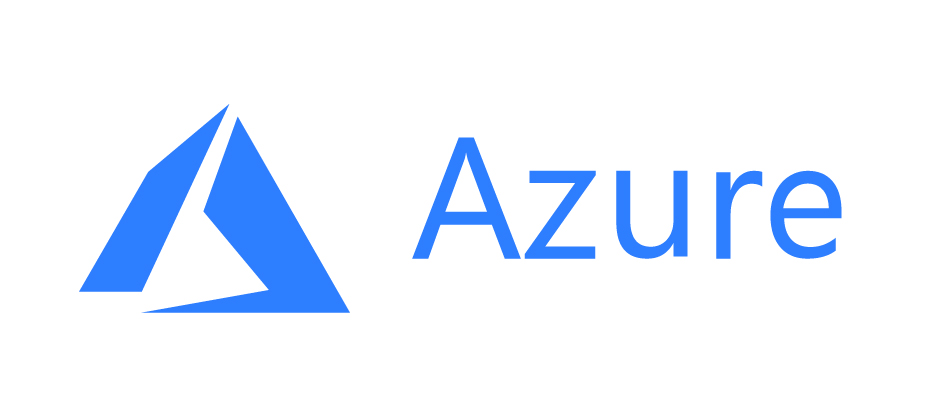



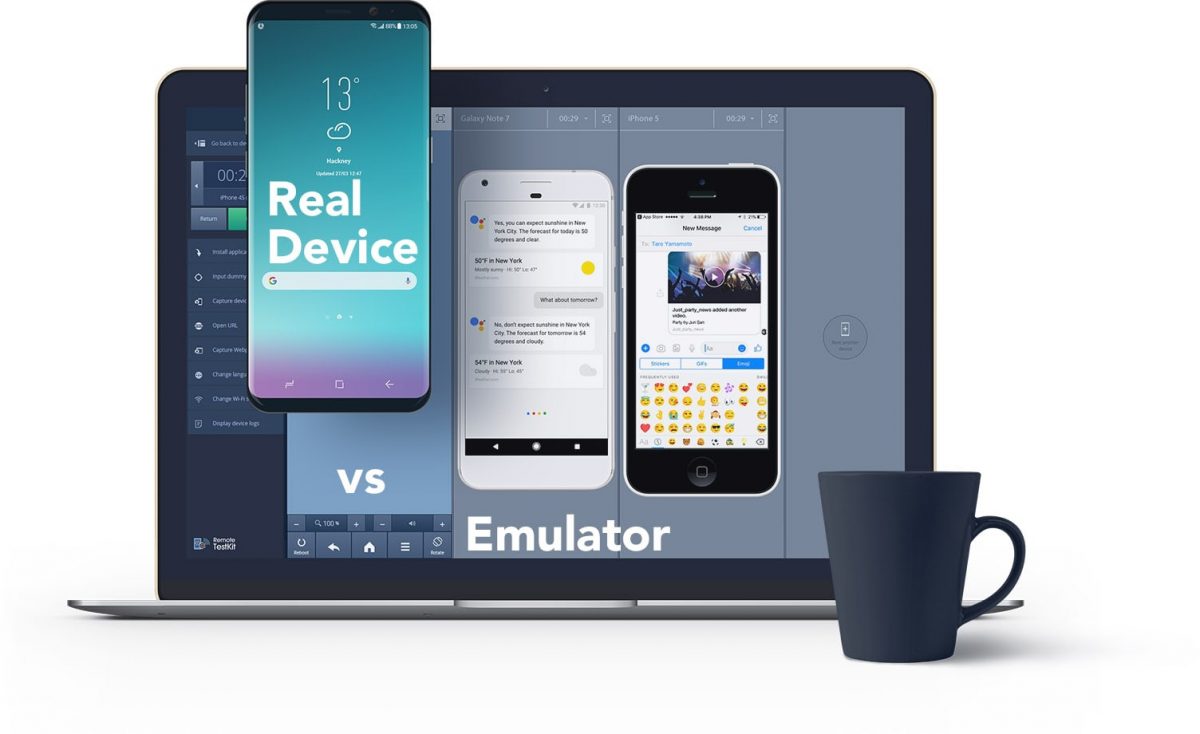







 #1 Provides real-time road climate data to fleet managers A large number of injuries to fleet drivers take place because of hazardous road climatic conditions that arise time and again. At some cases, the worst road climatic condition also leads to the death of fleet drivers. Irrespective of the fact that fleet managers evaluate climatic predictions to regulate when and how extreme climate will have an effect on operations of the fleet, but wrong climatic forecasts and wrong road climate data are highly injurious to operations. Here, the Internet of things technology comes into the picture. Sensors embedded devices are attached to the axle of the truck or fleet. Real-time road climate data is given to fleet managers with the help of these sensors. In case of bad climatic conditions of the road, fleet managers can immediately contact the drivers to go at slow speed or divert trucks to another route that does not have the worst climate conditions. #2 Helps to know traffic conditions on the road
#1 Provides real-time road climate data to fleet managers A large number of injuries to fleet drivers take place because of hazardous road climatic conditions that arise time and again. At some cases, the worst road climatic condition also leads to the death of fleet drivers. Irrespective of the fact that fleet managers evaluate climatic predictions to regulate when and how extreme climate will have an effect on operations of the fleet, but wrong climatic forecasts and wrong road climate data are highly injurious to operations. Here, the Internet of things technology comes into the picture. Sensors embedded devices are attached to the axle of the truck or fleet. Real-time road climate data is given to fleet managers with the help of these sensors. In case of bad climatic conditions of the road, fleet managers can immediately contact the drivers to go at slow speed or divert trucks to another route that does not have the worst climate conditions. #2 Helps to know traffic conditions on the road 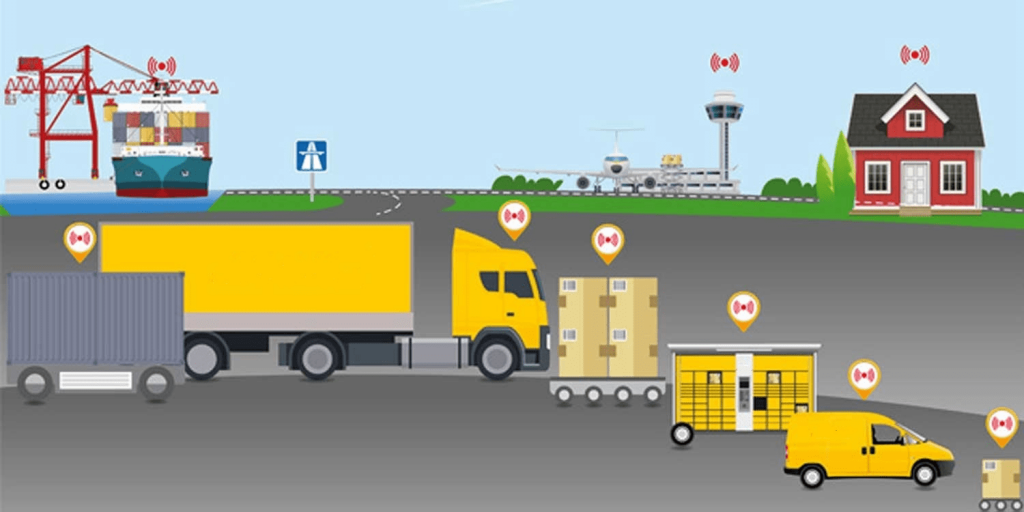 Introducing problem To know the true potential of the smart fleet management system, let’s take an example of weight monitoring of truck. What happens in the traditional fleet management system? In this case, fleet managers are not able to get a real-time weight of the truck and it further leads to fines being charged from truck drivers for over-weight of the truck. What happens in a smart fleet management system? In case of a smart fleet management system, IoT devices in transportation enable fleet managers to receive a real-time weight of the truck so that whenever truck has over-weight then fleet owners can immediately contact the truck drivers to unload some goods. In this way, unwanted fine charging can be reduced to a lot of extents. Closing Thoughts In a nutshell, it can be concluded that fleet management has wide-array of advantages for the transportation industry and it further leads to increased profitability of the business. If you are looking forward to getting
Introducing problem To know the true potential of the smart fleet management system, let’s take an example of weight monitoring of truck. What happens in the traditional fleet management system? In this case, fleet managers are not able to get a real-time weight of the truck and it further leads to fines being charged from truck drivers for over-weight of the truck. What happens in a smart fleet management system? In case of a smart fleet management system, IoT devices in transportation enable fleet managers to receive a real-time weight of the truck so that whenever truck has over-weight then fleet owners can immediately contact the truck drivers to unload some goods. In this way, unwanted fine charging can be reduced to a lot of extents. Closing Thoughts In a nutshell, it can be concluded that fleet management has wide-array of advantages for the transportation industry and it further leads to increased profitability of the business. If you are looking forward to getting 
